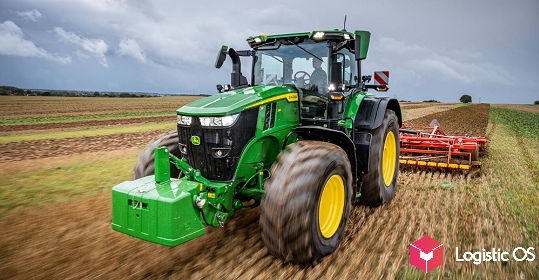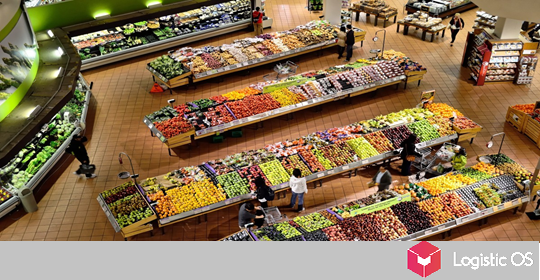It is expected that the North-South international transport corridor will allow Russia to export 30 million tons of agricultural products per year by 2030.
According to experts, the sales market in this direction is huge.
If you add up the population of Iran and its closest neighbors — Iraq, Afghanistan, Pakistan — you get 400 million people.
Moreover, in order to supply them with grain, it is enough to send it by sea to Iran, after which further transportation can be carried out without the use of sea transport.
However, the development of agricultural exports in these directions faces some problems.
Calculation problem
The transition to national currencies has now been largely completed, but despite this, difficulties in local settlements remain.
For example, road transport in Iran is traditionally paid for in cash, without preparing financial documents, which is extremely inconvenient for Russian companies.
Currently, efforts are being made to connect the Russian Mir card and the Iranian Shetab card, in which case the payment issue can be partially resolved.
The problem of maritime transport
The Caspian Sea has been shallowing for several years now, and this makes transportation across it quite difficult.
First of all, difficulties are caused by the fact that large ships cannot enter most seaports on the Caspian Sea; only Makhachkala and Baku are open to them.
But the capacity of these ports is still not enough to fully service not only current, but also future volumes of traffic.
In addition, Russia does not have enough ships to carry out such transportation.
According to experts, in order to increase sea transportation volumes to 8 million tons per year by 2030, it will be necessary to create 20 ships, and to reach the level of 20 million tons by 2050 — 50 ships.
Now the Russian company USC is engaged in the construction of ships.
In addition, maritime transport in the Caspian still does not have a single operator. The Russian company FESCO could be suitable for its role; currently the management is thinking about the feasibility of such a decision.
Despite everything, the cargo turnover of Russian Caspian ports is already growing rapidly.
For example, over the past 10 months it has increased by 36% and amounted to about 6.5 million tons.
If the identified problems can be somehow solved, then there is no doubt that the export of agricultural products to Iran will be able to increase to serious levels, which will become an impetus for the development of the entire Russian agricultural sector.

